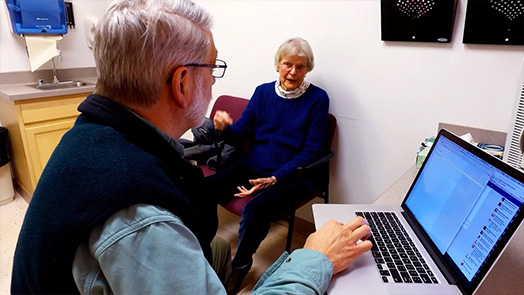
Nearly a year ago I embarked on an adventure that has been changing how I practice medicine. It is also changing how medicine feels.
It began quite innocently. During an office visit to discuss a new diagnosis of a serious and chronic illness, we talked about problems inherent in the need to involve several physicians practicing in three different communities, I explained that because there is no unified patient record and clinical systems do not share information. the patient and his wife would have to help manage this. They should request a copy of all his evaluations, tests and treatments, keep these organized in a notebook or other file, and bring their information to visits. As they were leaving, they asked how to get a copy of the note from today’s visit. (My institution does not provide a secure portal for patient access or communication.) I told them that I finished my day’s notes every evening and would send them a copy the next morning. Reviewing his note that evening, I had an epiphany: my notes were written from my perspective and designed to help me. My intent was a real-time transcription of the interaction, but only from my personal perspective. The notes described my agenda, my assessment of the patient’s condition, my understanding of the plan, and my recommendations. They sometimes included comments that were accurate but inappropriately phrased and troublesome: “History challenging because patient disorganized.” “Patient has DM but has not had surveillance lab done for 12 months.” “Seen here by X two weeks ago but no note in chart.” They were detailed, accurate and organized, but could have been written without the patient being involved. In fact, they WERE written without the being patient involved.
Read Dr. Peter Elias’s post here.



